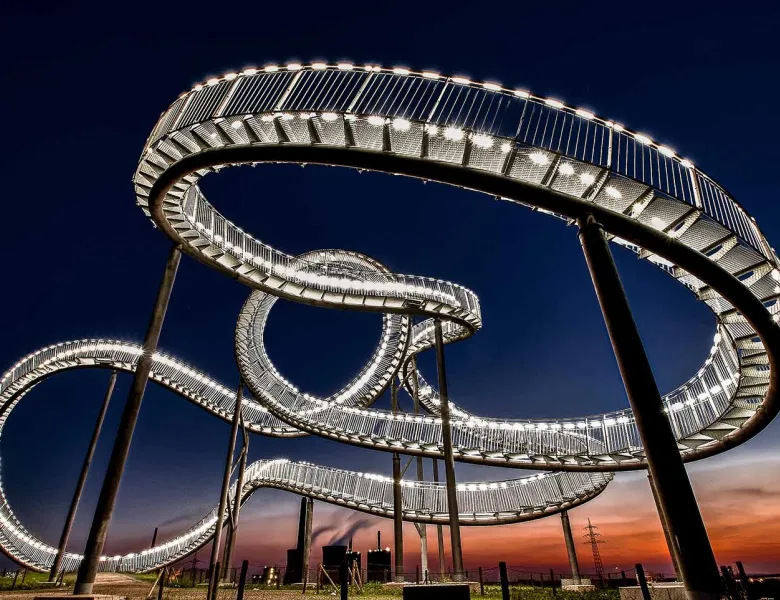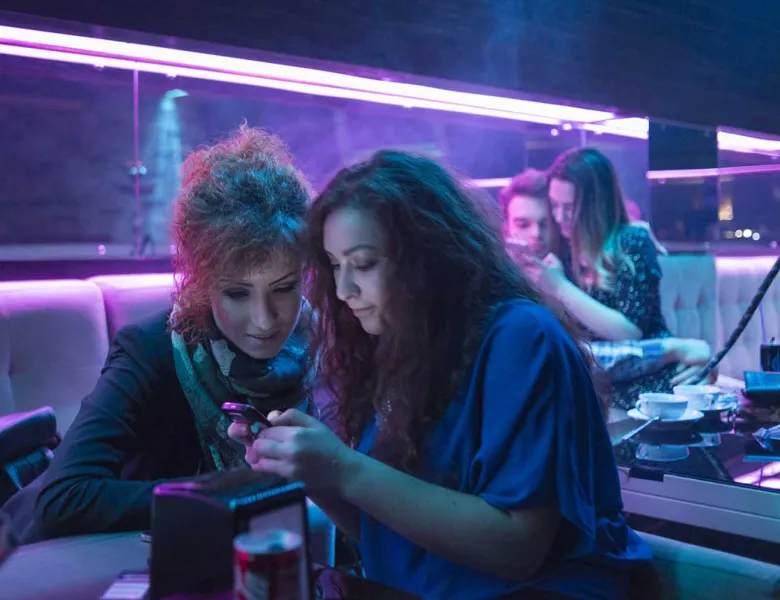The intangible language - Yoppy Pieter
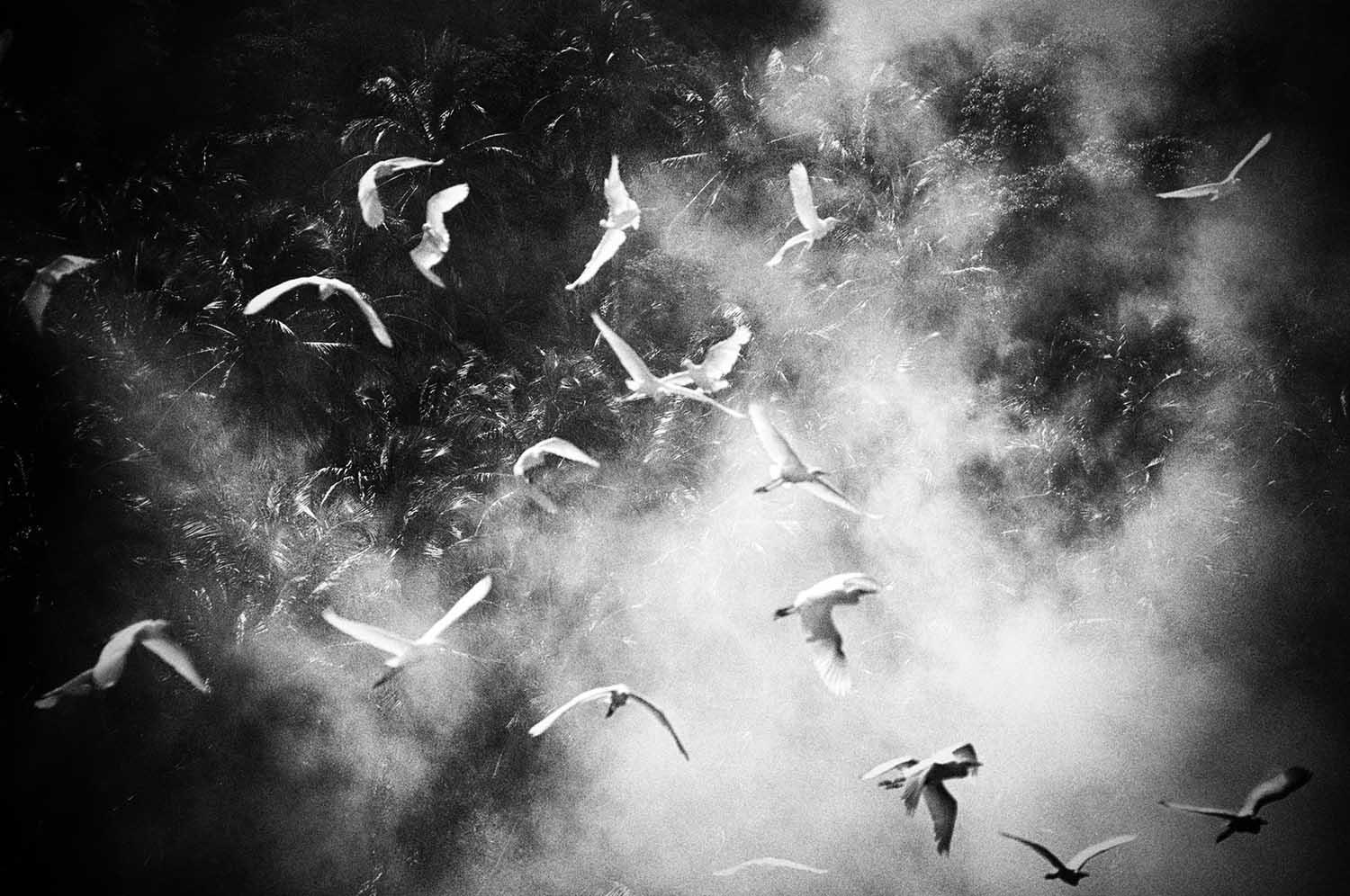
In the run up to the 12th edition of the Angkor Photo Festival (December 3 - 10, 2016), we’ll be featuring a select number of photographers whose will be showcased in Siem Reap, Cambodia for this year’s festival.
The Angkor Photo Festival & Workshops is a free international platform and educational resource for established and emerging photographers. It is the longest-running photography event in Southeast Asia.
--
Yoppy Pieter (1984) is an independent photographer based in Jakarta. Hi series ‘Saujana Sumpu’ documents a contemporary Minangkabau village at the vicinity of Lake Singkarak in West Sumatera.
He started his career as a documentary photographer in 2007 and is currently undertaking a long-term project focusing on issues regarding Islam and LGBT in Indonesia. This project, Yoppy says, explores “how gender issues affect freedom of religion of Muslim transgenders”.
After attending various documentary workshops during his early career, in 2015 he continued his photography education in Netherlands with NOOR agency under the mentorship of Kadir van Lohuizen. His experience and education in photography not only helped him become recognized as a young professional photographer, but also an educator to help improve photography education and promote visual culture in Indonesia.
One of the educational programs that he’s currently involved with is CDST (Community Digital Storytelling) Program with UNICEF Indonesia; a program to empower youth and teenagers in documenting “The Impact of Climate Change on Children” in several rural areas in Indonesia.
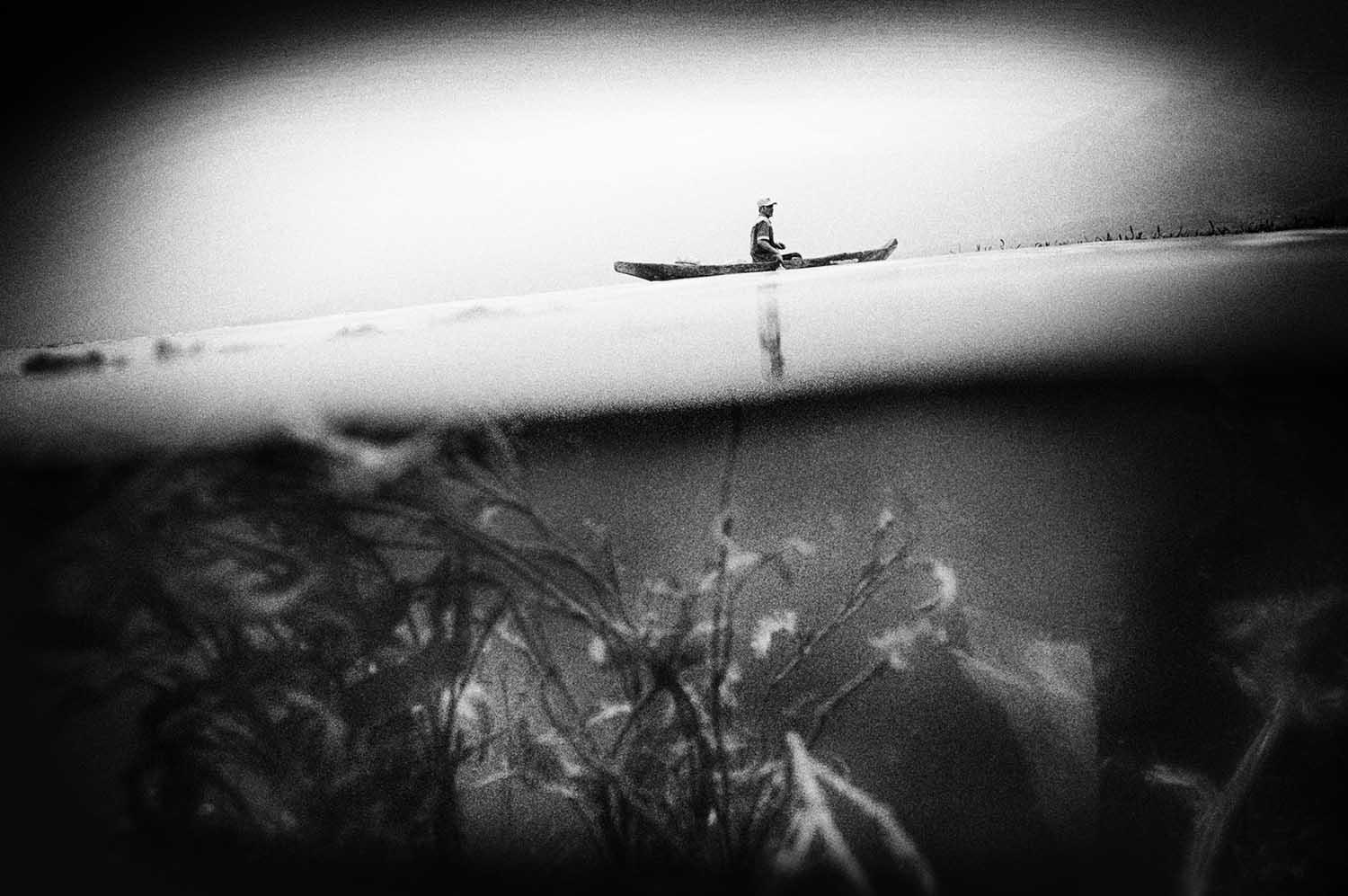
Hi Yoppy. Tell us more about your series ‘Saujana Sumpu’. What inspired you to undertake the project
This project is a form of the anxiety toward today’s situation in Indonesian society when rural development doesn’t run sufficiently. This is demanding a heavy price. People move to migrate, and become part of Indonesia’s urban population. I found this phenomenon in Sumpu, a Minangkabau Village that is magnificently located at the end of Lake Singkarak in West Sumatera province. In Minangkabau society, migration is nothing new, it is called “Merantau”. In the past, the migrants always returned to make the village prosperous. Now this heritage is abandoning its primordial roots in the process.
I started this project when I traveled in Sumatra in May of 2013. When I arrived in Sumpu I felt an overwhelming silence as the people have moved out more than three decades ago. After I spent one night in Sumpu, I decided to go back to Jakarta to start my research about migration and rural development, and it became my very first long term project that ended in February 2015.
In March 2016, the ‘Saujana Sumpu’ photobook was launched after we spent months developing its content and concept.
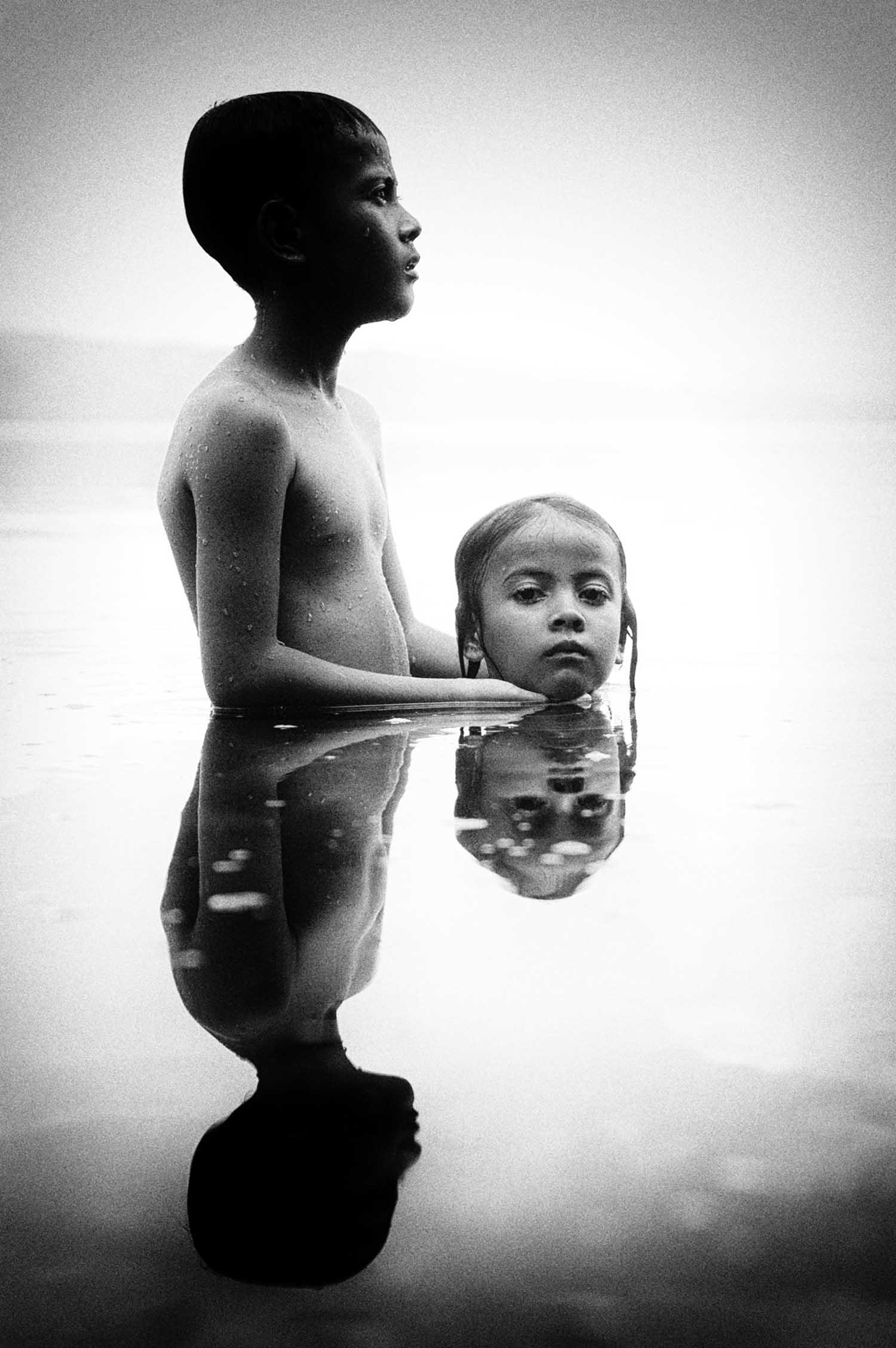
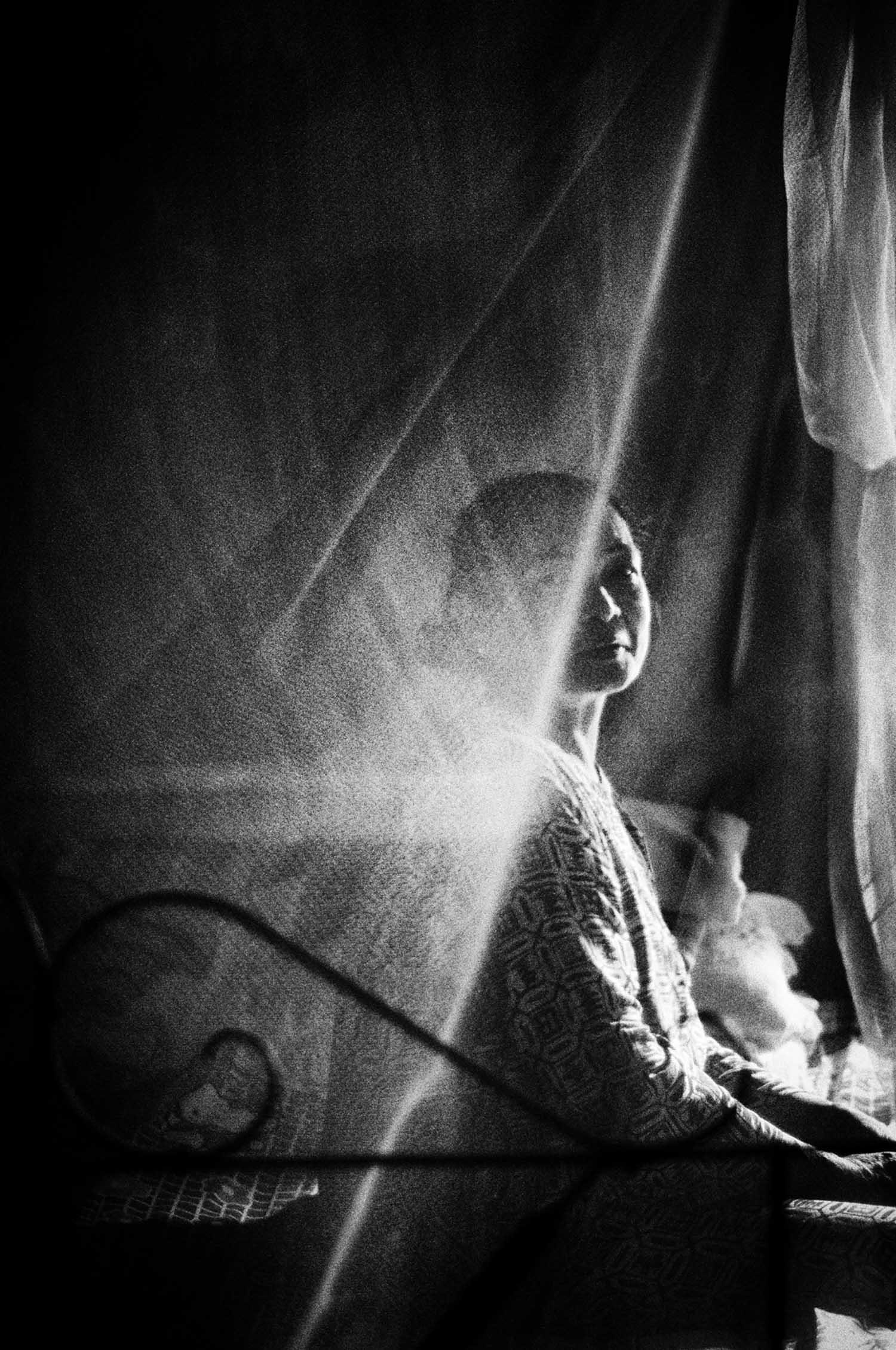
What does photography mean to you? How did you come to the medium?
I started photography when I was working for a publication company between 2013 and 2014, as an advertising coordinator. I decided to travel and joined some workshops to improve my skill because I realized that photography is more than just taking beautiful images. We live surrounded by the stories, earthquakes, evolution, birth, disappointment and loves of life. I believe those stories can be only captured by looking closer and seeing with a pure heart, honesty, and trust. Photography is a poetry and a visual dialog with the self and the circumstances around me.
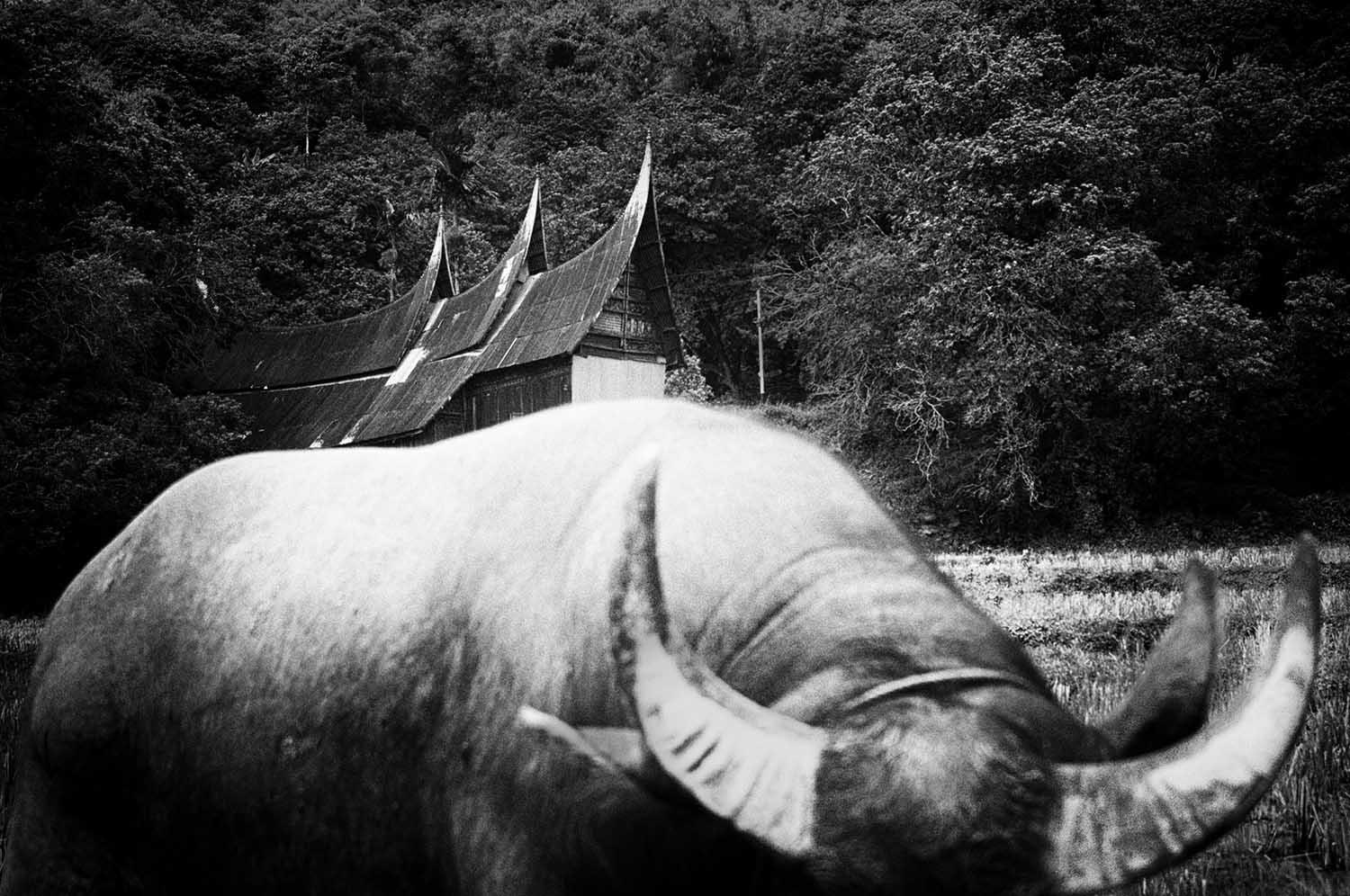
Your images have a distinct whimsical feel to them, but they retain the air of true documentary work. What do you try and accomplish with each photograph?
It is a very interesting question and hard to answer. Honestly, I admire the works of Salvador Dali, Frida Kahlo, Rene Magritte, Jonsi, Bjork, Antony Hegarty, and Kahlil Gibran. It seems my admiration towards their unique thoughts and how they tell their stories, have shaped the core of my visual character.
All I know is that when I work in the documentary style, I can not be a manipulator. But I have my own wings to drag the archetype of my subjects’ feeling into my works. This is what I learnt from the people I have met and the things I have experienced.
Do you have a photographic philosophy?
Photography is an intangible language that contains mysterious instruments. It reveals your character, persona, experience, inner soul, and knowledge. As an artist, it fills my flesh.
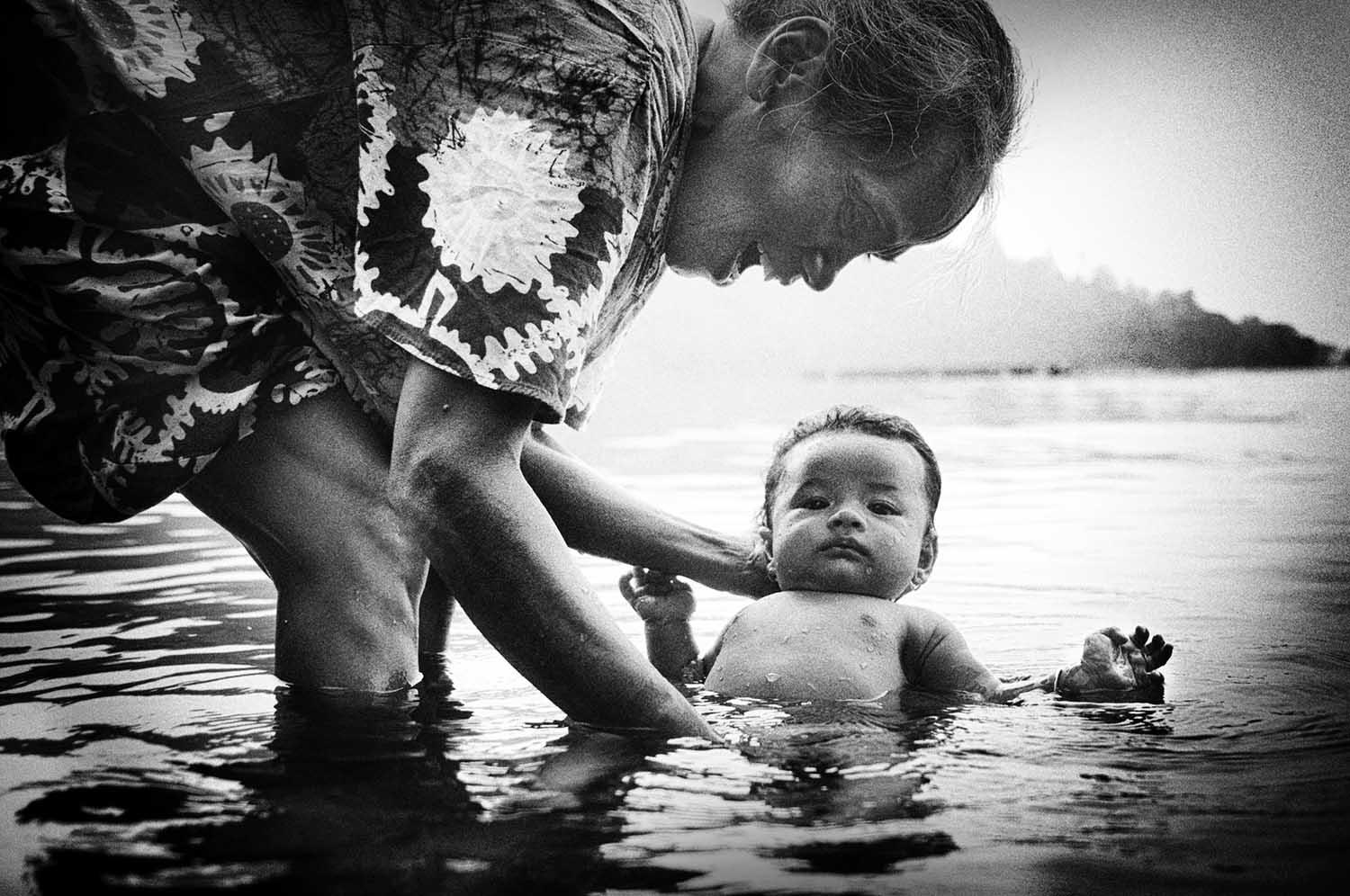
Where in the world are you and what’s next for you?
I like to say that I am an artist who never stops learning from others, no matter who they are: philosopher, painter, musician, dancer, elderly persons, children, my students, or even my subjects. I cannot change the world by myself, but our works are the weapons to start the process. The planet we live on is our home and it needs more story tellers. This is my destiny, or maybe yours. Once again I will say that I will never stop learning from others.
Yoppycture.com
@yoppy.pieter
angkor-photo.com






